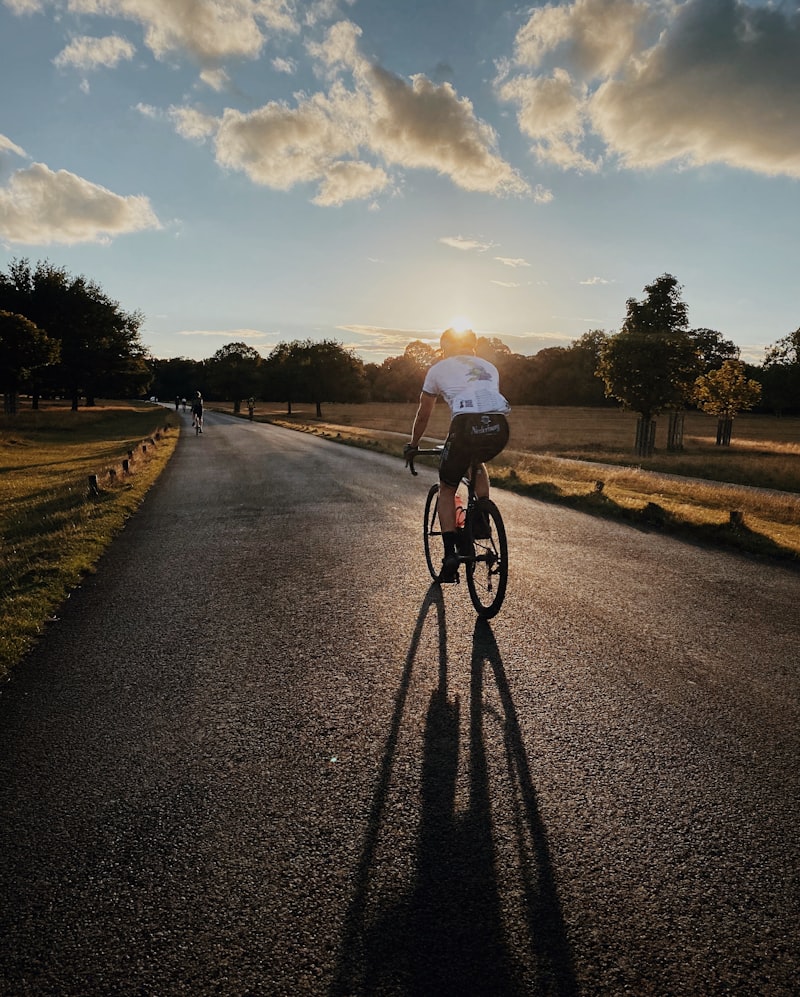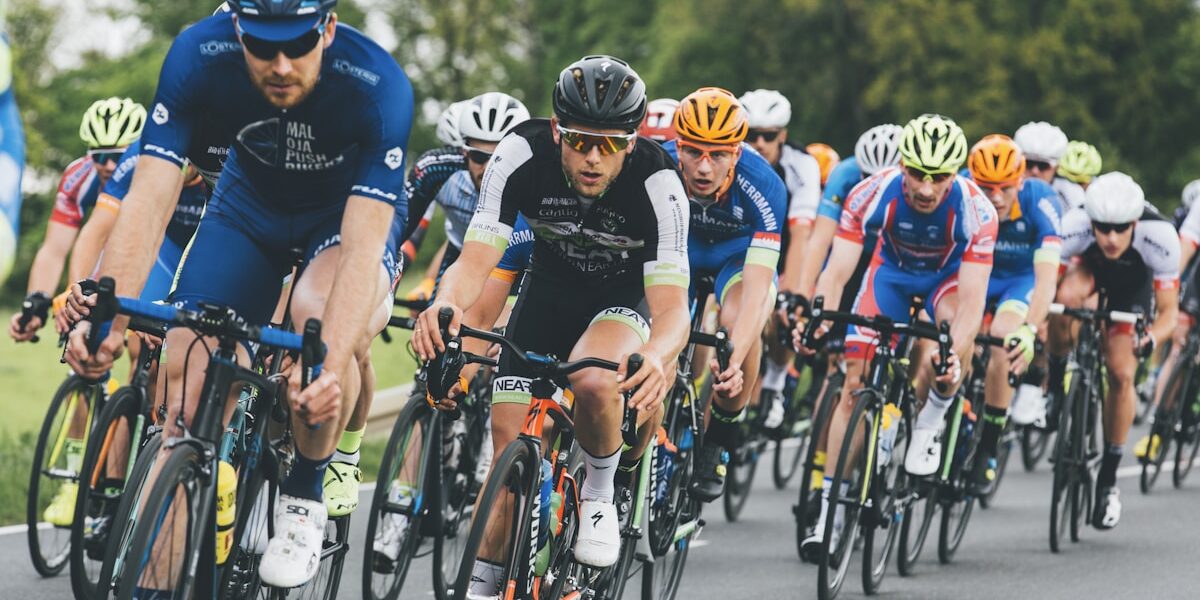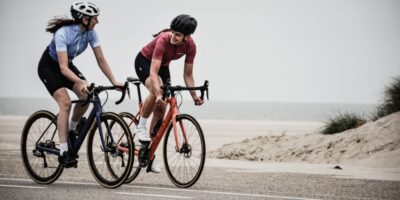Seattle to Portland Bike Ride: A Guide
The Seattle to Portland Bike Ride, fondly known as STP, is a well-trodden path for cycling enthusiasts. Spanning over 200 miles, this ride isn’t just a test of endurance. It’s a journey through diverse landscapes, from the urban sprawl of Seattle to the lush greenery of southern Washington, eventually crossing into Oregon’s iconic city, Portland.

Getting Started: Preparing for the Ride
Preparation is key for this long-distance ride. First, it’s crucial to ensure your bike is in top condition. Regular maintenance checks, such as inspecting tires, brakes, and gears, prevent unexpected issues on the road. Consider the type of bike best suited for this ride. Road bikes often provide an edge with their efficient speed and light frame.

Training cannot be overstated. Even seasoned cyclists benefit from a structured plan. Aim to gradually increase mileage in the weeks leading up to the ride. Simulating ride conditions, such as varying terrain and weather, builds both physical and mental resilience. Consider nutrition as part of your preparation, focusing on hydration and a balanced diet rich in carbohydrates and proteins.
The Course: A Breakdown in Stages
The route officially starts in Seattle. Cyclists often gather at the University of Washington’s parking lot, adding to the ride’s community feel. From there, the first leg winds through Seattle’s suburbs, a relatively flat terrain, offering a gentle start.
As you head south, the views change from urban to rural. Approaching Tacoma, rolling hills present the first real tests. Riders often regroup near Spanaway, an unofficial rest point, before continuing onto the open roads of southern Pierce County.
The halfway mark is around Centralia. Many cyclists opt for an overnight stay here. Accommodations range from hotels to camping grounds. Planning a reservation in advance can alleviate stress during the ride.
The second day starts with the rural tranquility of Lewis County. This section offers some respite from the previous day’s exertions. Take in the serene farmland vistas and the occasional small-town charm as you maintain a steady pace.
Crossing the Columbia River into Oregon feels like a milestone. The iconic bridge marks the final stretch. Enthusiasm often surges here, with the urban energy of Portland drawing nearer. The ride ends at Holladay Park, where participants celebrate accomplishments and share stories.
Key Stops and Landmarks
- Spanaway: A traditional rest stop with facilities and refreshments.
- Centralia: Offers a midway break with various lodging options.
- Longview: Known for the Lewis and Clark Bridge, a notable river crossing.
- Portland: Not just the end, but a start to explore local culture and food.
Challenges and Considerations
Weather can significantly impact your ride. The Pacific Northwest is notorious for unpredictable showers. Investing in quality rain gear is advisable. Wind is another factor, predominantly in open sections south of Olympia. Drafting, or riding closely behind another cyclist, can minimize wind resistance and conserve energy.
Fatigue is often the biggest challenge. Break the ride into smaller segments and take regular breaks to stretch and hydrate. Pay close attention to signs of heat exhaustion or dehydration, particularly in warmer months. Carrying a basic first aid kit is wise, as minor injuries or mechanical issues may arise.
Community and Support
STP isn’t just about personal achievement; it’s a community event. Thousands of cyclists participate each year. The camaraderie and support among riders are palpable. Many local organizations and volunteers line the route, offering snacks, water, and encouragement at rest stops.
Mobile repair stations are strategically placed along the course, providing assistance for mechanical failures. This support network is reassuring, especially for less experienced cyclists. The presence of fellow bikers and volunteers creates a sense of safety and shared purpose.
Technology and Tools
Technology plays an increasing role in long-distance cycling. GPS devices and smartphone apps track progress and provide real-time navigation. Apps like Strava or Ride with GPS can offer insights into elevation changes and estimated arrival times.
Consider carrying portable chargers for your devices, as you’ll be on the road for extended periods. Communicating your location and estimated time of arrival helps keep friends and family informed, enhancing safety.
Final Thoughts
The Seattle to Portland Bike Ride is a rewarding challenge. With careful preparation, understanding the course, and embracing the support of the cycling community, you can turn this ride into an unforgettable experience. Whether tackling it in one day or opting for a two-day journey, the essence of STP lies in the shared spirit of adventure and achievement.
Recommended Cycling Gear
Garmin Edge 1040 GPS Bike Computer – $549.00
Premium GPS with advanced navigation.
Park Tool Bicycle Repair Stand – $259.95
Professional-grade home mechanic stand.
As an Amazon Associate, we earn from qualifying purchases.




Subscribe for Updates
Get the latest articles delivered to your inbox.
We respect your privacy. Unsubscribe anytime.